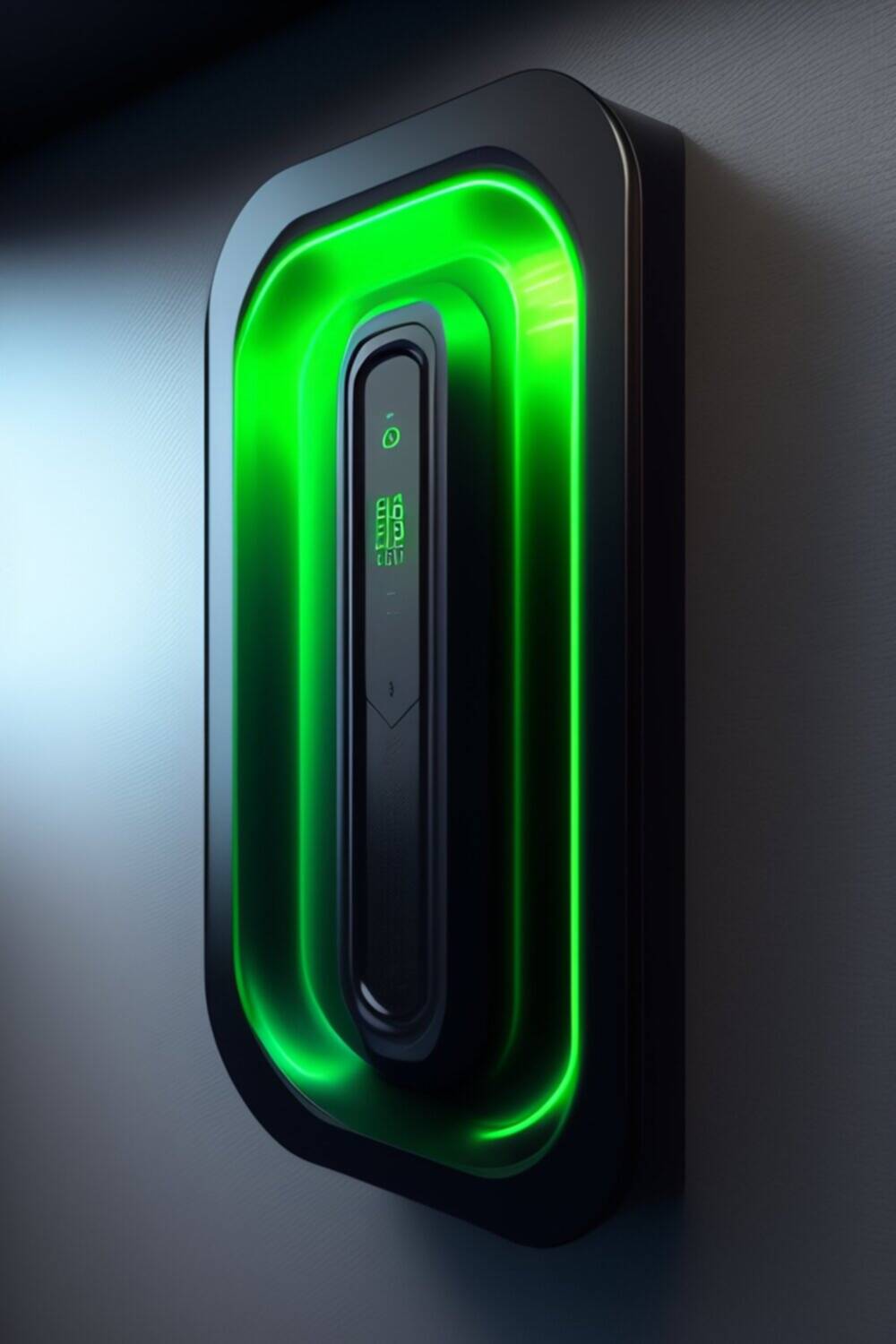Discover the benefits of choosing the Nvidia RTX 4090 for high-performance computing. Explore its superior architecture, AI capabilities, speed, efficiency, enhanced graphics, and scalability.
High-performance computing (HPC) has revolutionized numerous industries, from scientific research to artificial intelligence. As the demand for faster and more efficient computing solutions continues to rise, the choice of the right hardware becomes crucial. In this article, we explore the benefits of choosing the Nvidia RTX 4090 for high-performance computing, highlighting its superior architecture, processing power, and AI capabilities.
1. Introduction
High-performance computing plays a pivotal role in tackling complex computational problems, enabling researchers and professionals to analyze large datasets, perform simulations, and develop advanced applications. To harness the full potential of HPC, choosing the right hardware is essential.
2. What is Nvidia RTX 4090?
The Nvidia RTX 4090 is the latest addition to Nvidia’s flagship line of graphics processing units (GPUs) specifically designed for high-performance computing. It incorporates cutting-edge technologies and innovations that push the boundaries of computational power and performance.
3. High-performance computing and its importance
High-performance computing refers to the use of powerful computing systems to perform advanced calculations, simulations, and data analysis. It has become vital across various domains, including scientific research, weather forecasting, financial modeling, and machine learning.
4. The power of Nvidia RTX 4090 in high-performance computing
Superior architecture and processing power
The Nvidia RTX 4090 boasts a state-of-the-art architecture that delivers unparalleled performance. Its advanced GPU cores and tensor cores provide massive parallel computing capabilities, allowing for faster and more efficient processing of complex algorithms.
Enhanced AI capabilities
With the rise of artificial intelligence and deep learning applications, the Nvidia RTX 4090 offers significant advantages. Its tensor cores are specifically optimized for AI workloads, enabling rapid training and inference for neural networks, deep learning models, and AI-driven simulations.
Ray tracing for realistic simulations
One of the standout features of the Nvidia RTX 4090 is its real-time ray tracing capabilities. By simulating the behavior of light rays in virtual environments, it enables the creation of stunningly realistic visualizations, making it invaluable in fields such as architecture, entertainment, and automotive design.
Increased memory bandwidth
The RTX 4090 incorporates a high-bandwidth memory (HBM) subsystem, providing enhanced memory capacity and bandwidth. This allows for faster data access and manipulation, enabling complex computations and data-intensive tasks to be executed more efficiently.
5. Speed and efficiency
Faster computations
The Nvidia RTX 4090’s immense processing power translates into significantly faster computations. Complex calculations, simulations, and data processing tasks can be completed in a fraction of the time compared to conventional hardware, accelerating research and development processes.
Reduced processing time
By leveraging the power of the Nvidia RTX 4090, high-performance computing systems can deliver quicker results, enabling faster decision-making and reducing time-to-insight. This is particularly beneficial in time-sensitive scenarios such as real-time analytics and critical decision-making processes.
6. Enhanced graphics and visualization
Real-time rendering
The Nvidia RTX 4090’s real-time rendering capabilities open up a world of possibilities for high-performance computing. Whether it’s generating lifelike visualizations, creating immersive virtual reality experiences, or simulating complex scenarios, the RTX 4090 provides the computational muscle required for smooth, realistic, and interactive graphics.
Detailed simulations
Simulations are a vital aspect of high-performance computing, allowing researchers and engineers to study and understand complex phenomena. The Nvidia RTX 4090’s immense processing power enables highly detailed simulations, empowering users to explore intricate systems with greater accuracy and realism.
Immersive virtual reality experiences
Virtual reality (VR) has gained significant traction across various industries, from gaming to training and education. The Nvidia RTX 4090’s ability to render realistic and immersive environments in real-time enhances the VR experience, providing users with a sense of presence and interactivity like never before.
7. Versatility and scalability
Multiple applications
The Nvidia RTX 4090 caters to a wide range of high-performance computing applications. Whether it’s scientific research, data analytics, machine learning, or 3D rendering, the RTX 4090’s exceptional computational power and optimized software frameworks make it a versatile solution for diverse workloads.
Scalable performance
When it comes to high-performance computing, scalability is crucial. The Nvidia RTX 4090 offers scalability options that allow users to harness its power efficiently. By leveraging multiple GPUs in parallel, users can achieve even greater performance gains, enabling larger simulations, faster rendering, and more accurate results.
8. Future-proof investment
Long-term support and compatibility
Investing in high-performance computing hardware requires consideration of long-term support and compatibility. Nvidia has a strong track record of providing driver updates, software optimizations, and ongoing support for their GPUs, ensuring compatibility with the latest software and frameworks for years to come.
Upgradability and flexibility
The Nvidia RTX 4090 offers upgradability and flexibility, allowing users to adapt to evolving computational requirements. Its modular design and compatibility with existing hardware and software ecosystems enable seamless upgrades, ensuring that users can stay at the forefront of technology without significant disruptions.
9. Cost-effectiveness and ROI
Improved productivity
The exceptional performance of the Nvidia RTX 4090 translates into improved productivity and efficiency. Researchers and professionals can accomplish more in less time, allowing them to focus on higher-level tasks and achieve faster time-to-results.
Reduced development time
With its immense computational power, the Nvidia RTX 4090 accelerates development cycles, reducing the time required to train and fine-tune complex models. This not only speeds up the research and development process but also enables faster iterations, facilitating innovation and experimentation.
Lower total cost of ownership
Although the Nvidia RTX 4090 represents a significant investment, its benefits outweigh the costs in the long run. The accelerated computations, reduced processing time, and improved productivity lead to a lower total cost of ownership, making it a cost-effective choice for high-performance computing.
10. Case studies and success stories
Real-world examples and success stories demonstrate the tangible benefits of choosing the Nvidia RTX 4090 for high-performance computing. From breakthrough scientific discoveries to cutting-edge visual effects in the entertainment industry, numerous case studies showcase the impact of the RTX 4090 on various domains.
11. Potential challenges and considerations
While the Nvidia RTX 4090 offers remarkable advantages, it’s essential to consider potential challenges. Factors such as power consumption, cooling requirements, and compatibility with existing infrastructure may need to be evaluated before implementing the RTX 4090 in high-performance computing systems.
12. Comparison with other high-performance computing solutions
To make an informed decision, it’s important to compare the Nvidia RTX 4090 with alternative high-performance computing solutions. Assessing factors like performance, cost, power efficiency, and compatibility can help determine the best fit for specific use cases and requirements.
13. Conclusion
The Nvidia RTX 4090 stands out as an exceptional choice for high-performance computing. Its superior architecture, processing power, AI capabilities, and real-time rendering capabilities enable faster computations, enhanced graphics, and scalability. With long-term support, upgradability, and cost-effectiveness, the RTX 4090 proves to be a future-proof investment for those seeking the highest levels of performance in their computational endeavors.
FAQs (Frequently Asked Questions)
-
Is the Nvidia RTX 4090 only suitable for gaming, or can it be used for other purposes like high-performance computing?
The Nvidia RTX 4090 is specifically designed for high-performance computing applications. While it excels in gaming, its immense computational power, AI capabilities, and real-time rendering make it a versatile solution for various domains. -
Can the Nvidia RTX 4090 be used in existing high-performance computing setups?
Yes, the Nvidia RTX 4090 is designed to be compatible with existing hardware and software ecosystems. It can be seamlessly integrated into current high-performance computing setups with the right configuration. -
What are the power and cooling requirements for the Nvidia RTX 4090?
The Nvidia RTX 4090 does have higher power requirements compared to standard GPUs. It is essential to ensure that the power supply and cooling system of the computing setup can handle the demands of the RTX 4090 for optimal performance and longevity. -
How does the Nvidia RTX 4090 compare to other GPUs in terms of performance?
The Nvidia RTX 4090 offers exceptional performance, surpassing many other GPUs available in the market. Its advanced architecture, processing power, and optimized software frameworks enable faster computations and superior results. -
Is the Nvidia RTX 4090 a cost-effective choice for high-performance computing?
Despite its initial investment cost, the Nvidia RTX 4090 provides significant cost-effectiveness in the long run. The improved productivity, reduced development time, and lower total cost of ownership make it an economically viable choice for high-performance computing endeavors.



